Remembering the Bangla language movement through literature
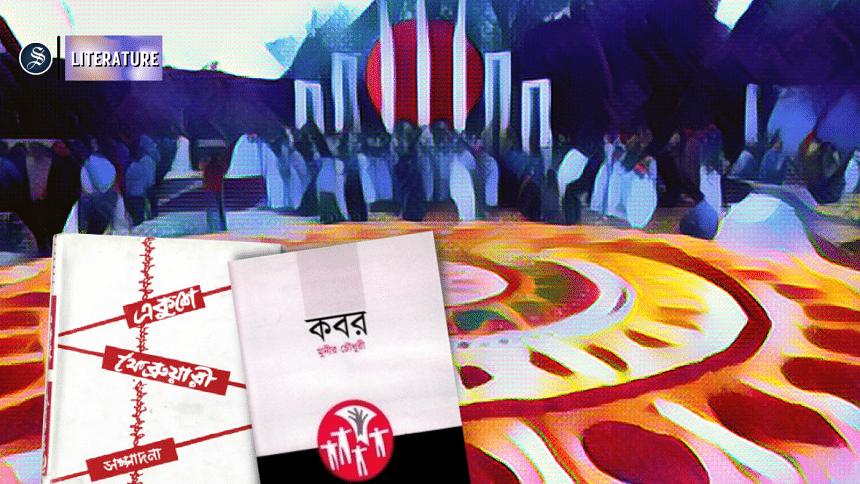
Seventy-one years have passed since our forefathers paid a high price to preserve the integrity of our mother tongue. 1953, which marked the first anniversary of the language movement, was a pivotal year in our history. The inauguration was marked by a significant amount of cultural expression, challenging the then-authorities of Bangladesh. The literary urge to convey the significance of the moment was mirrored in essays, poems, song compositions, and so on. These works of literature instilled the seed of Bangladeshi nationalism in people, which in turn helped free this nation.
Growing up in a household where literary analysis was fostered in understanding historical and cultural movements, my ode to the martyrs includes literature as a crucial component. Much of my February 21 was spent listening to my father recite such poetry or waking up to music inspired by the language movement that my mother was listening to on the television.
All of this is to emphasise that the language movement is much more than the flower wreaths and walking to the Shahid Minar barefoot. It had the capability to transcend political boundaries and was defined more in literary and cultural terms than in political ones.
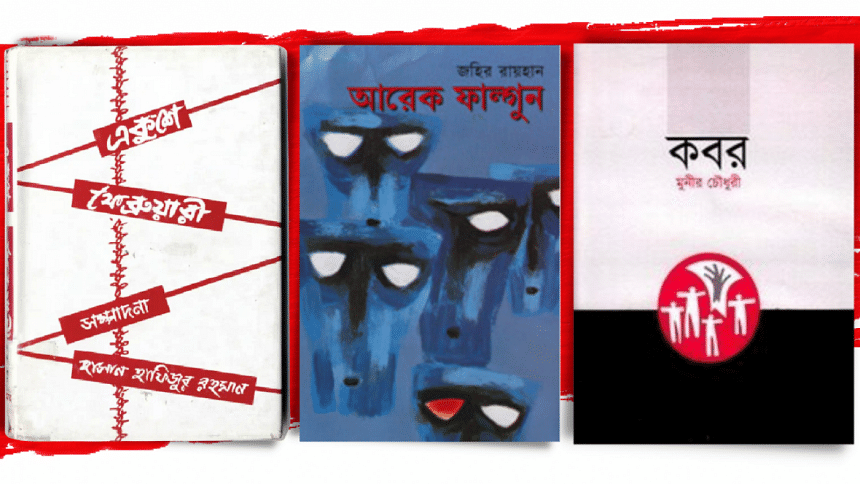
The first ever anthology to be written on the events of the language movement was by Hasan Hafizur Rahman. Titled Ekushey February, the book is a compilation of 21 literary pieces. Published in 1953, the anthology created huge turmoil among people as the message of the publication spread far and wide even though it faced police persecution. The police confiscated the book and the printing press was raided. The book included an incisive introduction by Ali Ashraf titled, "Equal recognition for all languages", reminding readers that the language movement was just not for Bangla language but for every other language which deserves equal recognition and respect.
Another literary and cultural input to this list was made by Munier Chowdhury through his play Kobor (1966). Centred on the martyrs of the language movement, the play was written and produced inside Dhaka Central Jail with other political prisoners as cast members. The protagonist Murda Fakir has started talking with the dead ever since his family died in the 1943 famine. The buried corpses of the martyrs are still alive in Murda Fakir's mind, representing how they will never be forgotten and will always be a bright chapter in the pages of history. The language martyrs knew and undertook the risk of sacrificing their lives for the mother language. In the eyes of Murda Fakir, this means they were never afraid to perish and they have won against death.
Renowned filmmaker, Zahir Raihan, who was a young participant in the language movement, wrote a novel called Arek Falgun (1969), which describes the commemoration of February 21 in 1955. Bangla has not yet been instilled as the state language of East Pakistan. Concerning this, the main character Munim and his friends are printing leaflets, advertising posters, distributing black badges, making slogans and engaging in other organisational works amidst the fear of the repetition of what happened three years ago. The way Arek Falgun depicts the students as exhilarated and brave to be working against an authoritative government has inspired generations. This novel has also encouraged the parallelism of Spring with the theme of defiance and hope.
Among all the literary works, the poems inspired by the language movement have generally had a greater impact. Most notable of all the poems is titled "Kono Ek Ma Ke" by Abu Zafar Obaidullah. The poem is written in a third-person perspective where the poet is witnessing a mother reading a blood-soaked letter from her martyred son. In the letter, the son writes how the then-Pakistani government wants to steal our mother tongue and for that, he will not come back until they are afraid to do so. Knowing that he might never come back, the son asks his mother to wait a little longer for him to come home. Abu Zafar Obaidullah portrays not only the sacrifice made by the protesters but also by their families in the most human interaction.
Reading these literary works inspired by the language movement gives us a better appreciation of what transpired during that time. The dynamics of the people during those events serve as a guide to fully acknowledging the martyrs' sacrifice. The emotional turmoil of the families, the rebellious spirit of the young, spring being the symbol of the resistance, and the aftermath of such a powerful revolution can be comprehended by this literature.
Isra Kabir tries to complete her ever growing TBR list while tackling her sleeping schedule. Reach out to her at [email protected].

 For all latest news, follow The Daily Star's Google News channel.
For all latest news, follow The Daily Star's Google News channel. 


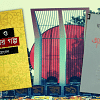

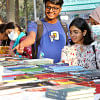
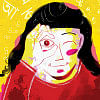

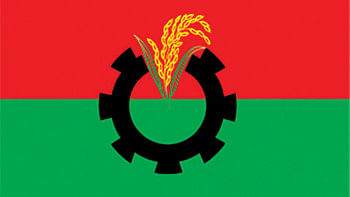
Comments